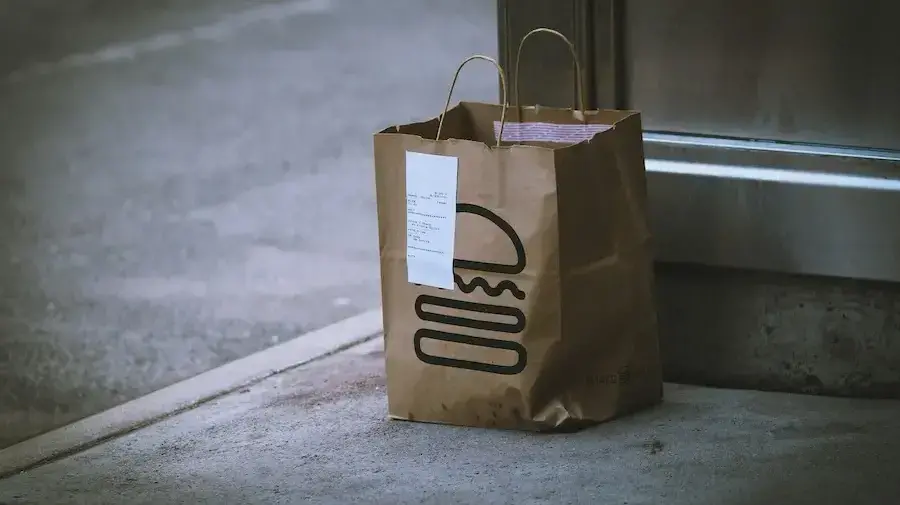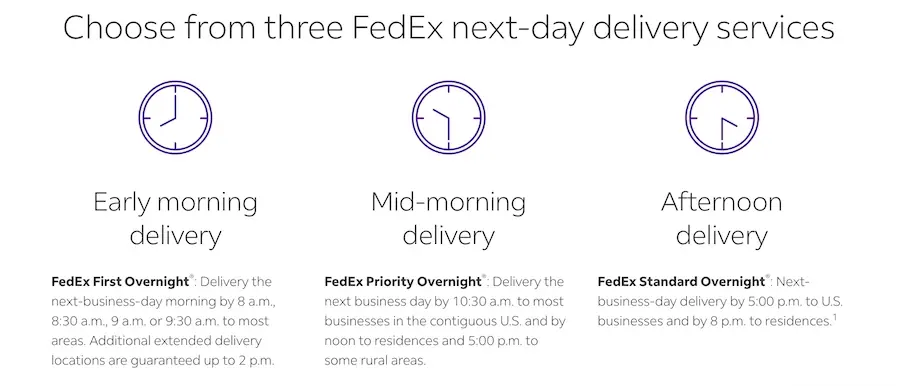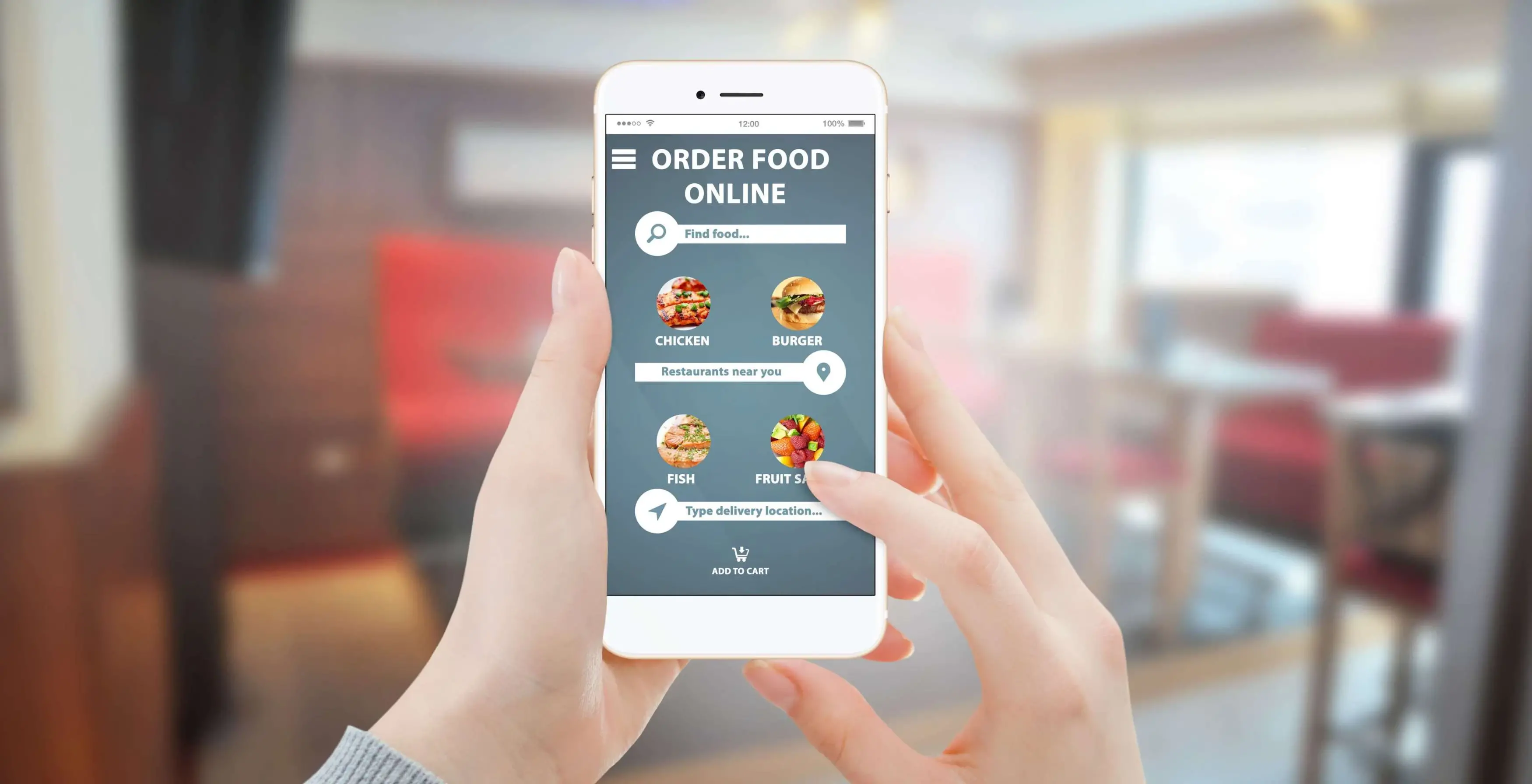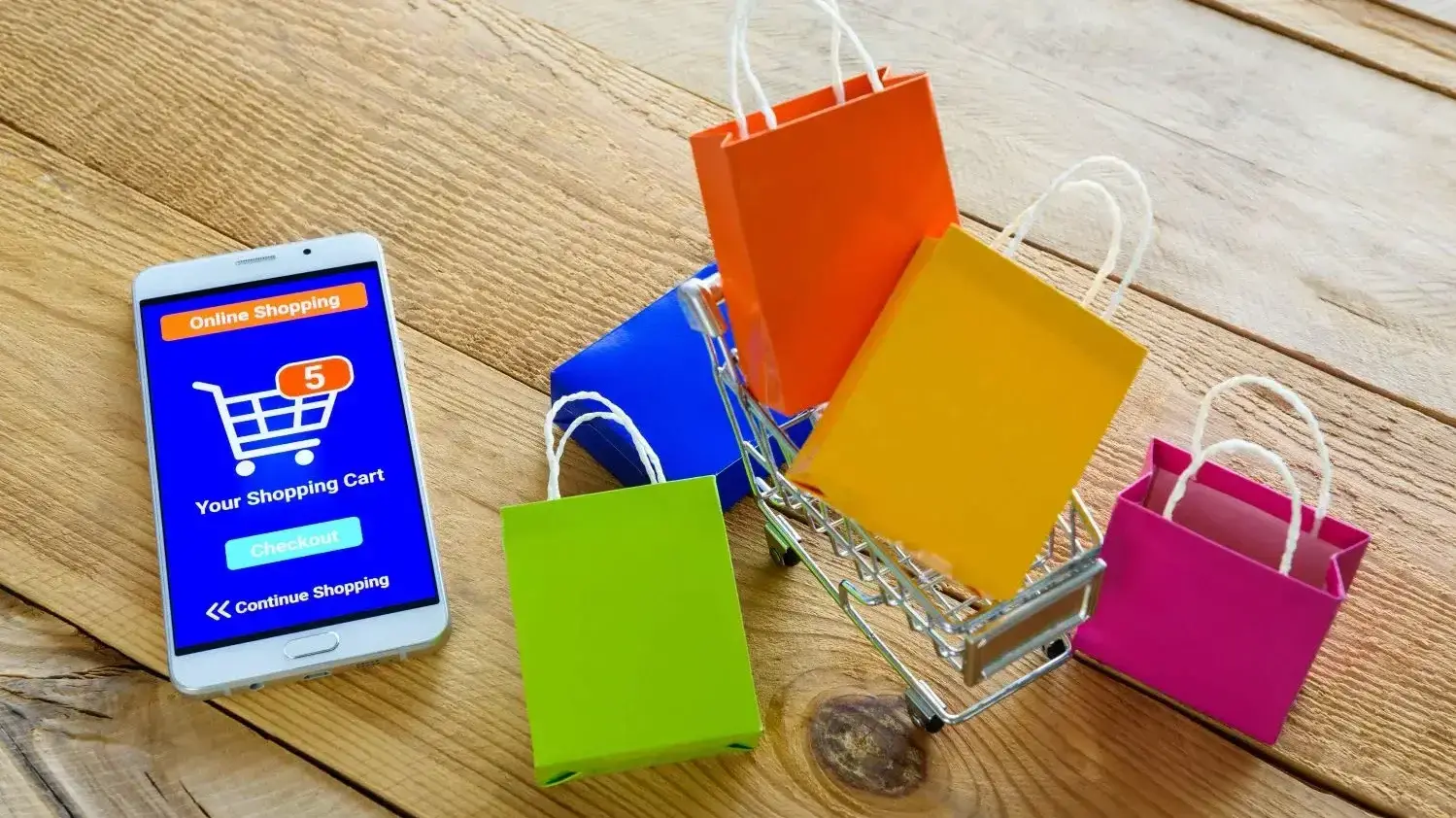Starting an online food delivery business is a fantastic way to tap into the growing trend of convenience eating, offering a wide range of opportunities for growth.
Here's a quick guide to help you navigate the journey from initial idea to launch, focusing on the legalities, platform creation, and first steps required to build a successful online presence for your food delivery company.
Let’s get started.
Legalities and Licensing
Understanding the legal framework is a must when launching an online food delivery service. Anything related to food requires strict compliance. You must register your food business with local authorities before opening.
This registration is crucial for compliance with food safety and hygiene laws. Selling food without direct contact with consumers, such as online sales, adheres to specific regulations in the U.K., including the Consumer Contracts (Information, Cancellation and Additional Charges) Regulations 2013 and the UK Electronic Commerce Regulations 2002.
These laws outline the necessity for providing information to customers before making a sale, the rights to cancel contracts, and the logistics of delivering food and drink to consumers’ residences or workplaces.
When delivering food, it's also imperative to inform customers about any allergens. Food businesses are legally required to notify customers if any of their offerings contain specified allergens. Allergen information must be provided before the completion of the food purchase and at the point of delivery, either in writing or verbally.
In the US, you’ll need to abide by specific regulations as well but they aren’t as stringent as the U.K. as of this writing. Maintaining food safety once the food leaves the establishment is a concern.
Most delivery drivers are independent contractors, which may limit their food safety training compared to traditional restaurant staff. However, major third-party delivery services like DoorDash, UberEats, and GrubHub have implemented their own food safety policies. These range from maintaining the proper temperature of food during transit, using insulated bags, to guidelines for sanitizing delivery equipment. Despite these efforts, the level of governmental oversight and inspection of these services may not be as robust as traditional dine-in services, so it's essential to verify local regulations.

And you may be subject to different standards when shipping through the mail. Ensuring proper cooling of perishable foods shipped across the country is an art and something that must be taken seriously to keep your business in good standing.
Building Your Online Platform
When building an online platform for your food delivery business, you’ll need to incorporate features that not only make your service user-friendly but also set you apart from the competition. Here are some key elements you should focus on to create a successful online food delivery platform for your new company:
Website and Mobile App Integration

Your platform should be accessible both as a website and mobile app, catering to the preferences of all users. An integrated Android and iOS app ensures that customers can easily place orders from any device.
But a website can serve as a hub for your food delivery business, providing company background info and fuller customer support. It should mimic the features of many restaurant websites – with a menu and such – but the focus should remain on eCommerce features. Investing in high-quality web hosting is a must for this to work well. Verpex Hosting offers many plan types to suit the needs of online food delivery businesses, including shared hosting and VPS hosting plans.
User-Friendly Interface
A clear, easy-to-navigate interface is vital on both your website and app. This includes an intuitive search function, organized menu categories, and detailed filters to help customers find exactly what they're looking for with ease. You can use a specialized WordPress theme centered around restaurants or food delivery to accommodate this. Many have menu features built-in.
Menu and Order Customization
Offering a variety of food options and the ability to customize orders – such as adding toppings or special instructions – caters to the diverse tastes and dietary requirements of your customers. Item images and descriptions enhance the ordering experience by providing a visual and detailed understanding of what customers can expect.
Menu plugins, like Five Star Restaurant Menu, are often a great way to add these features to an existing website. Many have things like speciality pricing, Google Maps, and full customization included, making them even more convenient.

Real-Time Tracking and Notifications
Customers appreciate being kept in the loop. Real-time tracking of their order and notifications about order status changes are essential features that enhance transparency and customer satisfaction.
Flexible Payment Options
Integrating multiple payment methods, including credit cards, PayPal, and mobile wallets, ensures a smooth checkout experience. Consider offering a guest checkout option to speed up the process for first-time customers.
Ratings and Reviews
Allowing customers to rate and review their experiences and the food they ordered helps to build a community of trust and helps others make informed decisions as well.
Efficient Order and Delivery Management
For the admin side, having a robust system for managing orders, deliveries, and payments is a must, too. This includes the ability to update menu items, manage pricing, and handle customer inquiries effectively.
If you include these key features, you can create an online food delivery business that not only meets the expectations of your customers but exceeds them, ensuring your service stands out in an increasingly marketplace.
Logistics and Delivery

Central to your operation is a seamless logistics and delivery system. Whether you opt for in-house delivery or partner with third-party services, ensuring timely and accurate delivery is key.
Here are some best practices and solutions that can enhance your delivery logistics.
Market Volatility and Inventory Management
Market fluctuations significantly impact the cost and availability of shipping supplies and perishable goods. Efficient inventory management, coupled with a strategic approach to packaging and shipping, ensures that you're not just meeting the needs of your customers but also doing so in a cost-effective and sustainable manner.
Maintaining Delivery Standards
For perishable goods, maintaining delivery standards is a top priority. This involves not only ensuring that foods are kept at the right temperature throughout their journey but also that they are packaged to prevent physical and chemical contamination.
The FDA and other organizations offer guidance on best practices for food safety during delivery, highlighting the importance of preventive controls, proper packaging, temperature control, and allergen management
Choosing the Right Delivery Partner
Selecting the right packaging and shipping solutions is key to success. Insulated packaging, such as foam containers or corrugated boxes with insulated liners, helps maintain temperature during transit. Utilizing coolants like gel packs or dry ice (with appropriate safety labels and packaging requirements) can further ensure that food items remain fresh.
The type of packaging and coolant used should be determined based on the specific needs of the product, considering factors like perishability, destination climate, and transit time.
Delivery Expectations and Competition
Setting realistic delivery expectations is crucial, especially when dealing with perishable goods that require expedited shipping to maintain freshness. Offering transparent shipping information and various options, including express delivery services, can enhance customer satisfaction and competitiveness in the market.

Express courier services, such as UPS Next Day Air® or FedEx First Overnight, can be essential for ensuring perishable items arrive fresh.
Quality Control and Insurance
Quality control throughout the shipping process is non-negotiable. This includes not only the initial packaging but also monitoring and maintaining the proper conditions throughout transit. Shipping insurance can provide an additional layer of security, protecting against the financial impact of lost, stolen, or damaged packages.
However, it's important to note that perishables may have specific coverage terms or may not be covered under standard policies.
Driver Engagement and Scalability
For businesses that handle their delivery logistics, driver engagement and the scalability of delivery operations are essential. While this may be more relevant to local delivery models, the principles of efficient route planning and customer communication are universally applicable. Engaging with customers through tracking updates and feedback mechanisms can enhance the delivery experience, building loyalty and repeat business.
Start an Online Food Delivery Business the Right Way
Starting an online food delivery business is a promising venture. And by taking the time to understand the market – especially locally – as well as navigating legal requirements, you can get started the right way. Building a strong online presence with a reliable hosting service like Verpex can help you build a stronger foundation for success.
Remember, the key to a successful online business is not just about selling food – it's about offering convenience, reliability, and a memorable customer experience. Good luck!
Frequently Asked Questions
Can I create a restaurant website for free?
Yes, you can create a restaurant website for free by using free website builders or CMS plans.
What should I put on my restaurant website?
You should include your basic information, your menu, enticing photos, links to your social media, and engaging content on your restaurant's website.
How much does it cost to create a restaurant website?
For an essential restaurant website, it will cost you from $3000 to $10,000 on average if you hire a web design agency. However, if you decide to use a CMS and build it yourself, the cost will be much lower.
Will you be able to fully restore the website if something goes wrong?
Should anything happen, your website can be restored fully with the help of JetBackup5

Brenda Barron is a freelance writer and editor living in southern California. With over a decade of experience crafting prose for businesses of all sizes, she has a solid understanding of what it takes to capture a reader's attention.
View all posts by Brenda Barron





















